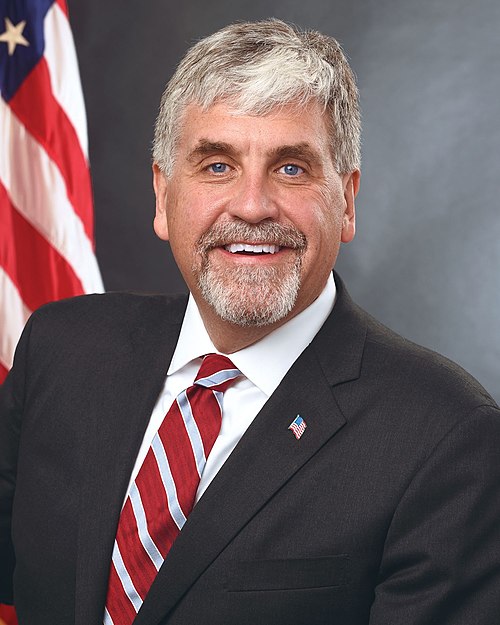When it comes to healthcare, cutting unnecessary regulations and prioritizing patients’ well-being go hand in hand. However, as policymakers discuss the future of healthcare reform, there is growing talk in Washington and in many states about moving in the opposite direction, with a bipartisan array of voices pushing to increase regulations on private investment in the healthcare industry.
Restricting the ability of private investors to operate in healthcare would be a profound mistake. The pro-patient wins from the first Trump administration prove that the government removing outdated or duplicative restrictions on the private sector is often the best way to solve a problem. With proper care, due diligence, and oversight, private capital investment is a critical source of funding for doctors, hospitals and other providers, and for healthcare IT and technologies that are revolutionizing the industry. There is no reason to deprive the largest part of our economy from a vital source of resources for our providers, inventors and innovators to use to help us live longer, healthier lives.
It is important to address bad actors in the system, which, through financial mismanagement and often greed, have led to high-profile examples of system closures and sacrificed patients’ access to care. However, clamping down on all private capital investment because of isolated misconduct is tantamount to throwing the baby out with the bathwater. Indeed, private capital is often an unsung force for good in healthcare, and limiting or eliminating it with burdensome regulations that may not be tailored to solve the problems removes an important element of support for healthcare, seemingly without any real reason.
During the COVID-19 lockdowns, the nation suddenly needed telehealth services on a scale never before seen. At Health and Human Services, efforts were aimed to cut unnecessary and restrictive regulations to ensure that the American people could continue to access important care, including mental health services.
Those efforts were successful, growing telehealth services by a factor of over a thousand in a matter of months. Getting the government to cut back and pause regulations that would have stood in the way of telehealth, while essential, is only part of the story. Work to remove regulatory burdens would have been useless without the presence of a robust private investment ecosystem willing and able to help finance the rapid expansion of telehealth when we opened the door to private enterprise to solve the problem.
While private investors stepped up during the pandemic, it is important to recognize that private capital is bringing patients results in the healthcare system every day, without many people noticing. Private capital helps modernize healthcare practices by reducing administrative burdens on providers, allowing doctors to spend more time caring for patients. Private investment also fuels innovation in what could otherwise be a sclerotic system. Take, for example, Pelvic Rehabilitation Medicine. With the support of private investment, PRM is increasing access to innovative new treatment options for chronic pelvic pain — a condition that has long been under-treated — that can drastically improve patients’ quality of life.
Innovation and efficiency improvements have real benefits for the broader healthcare system by driving cost savings without sacrificing the delivery of high-quality, compassionate care to patients. A recent study found that Medicare expenditures for beneficiaries in physician practices backed by private investment are 10 percent lower than in other settings without sacrificing quality of care or patient experience. These efficiencies are critical.
Although saving money is important, healthcare isn’t just about dollars and cents. Private investment has also helped expand access to critical services like urgent care through responsible collaboration. For example, American Family Care, one of the nation’s leading providers of urgent care, has benefited from private investment to expand its footprint across the country. This is particularly important because adding urgent care facilities helps reduce strain on other parts of a healthcare system, like emergency rooms.
To be clear, there are real risks associated with irresponsible actors investing in healthcare. A few isolated cases present clear examples of how things can go wrong when bad actors prioritize financial returns over patient care.
When irresponsible players cause harm, they should be held accountable. However, it would be a serious mistake to punish the multitude of responsible private capital investors in America’s healthcare industry. The effects of significantly restricting these investments would be significant and far reaching.
Many players stand as great examples of ethical conduct, and some industry leaders are already taking steps to spread this model, as evidenced by the newly launched Association for Responsible Healthcare Investment, an organization of which I am proud to serve as co-chair. ARHI and its members commit to upholding a strong set of core principles that prioritize patient well-being above all else and ensure private capital continues to be a force for good.
Rather than hitting private capital healthcare investors with a one-size-fits-all crackdown and taking out one of the healthcare’s important non-governmental sources of capital, policymakers should work with organizations to engage in meaningful conversations to establish policies that will enable these critical investments to continue.


